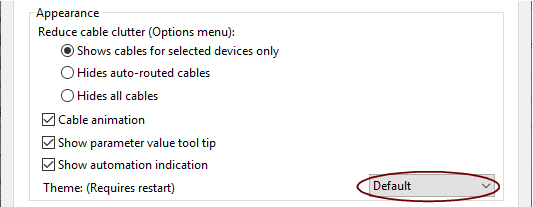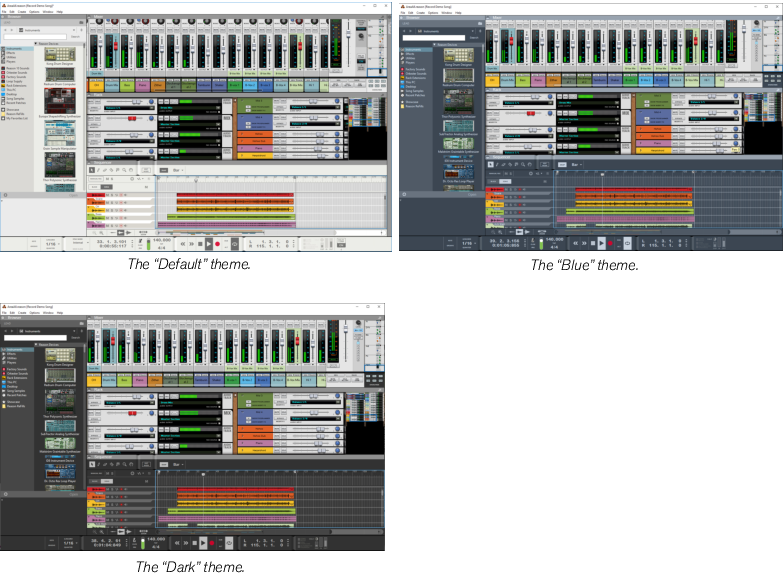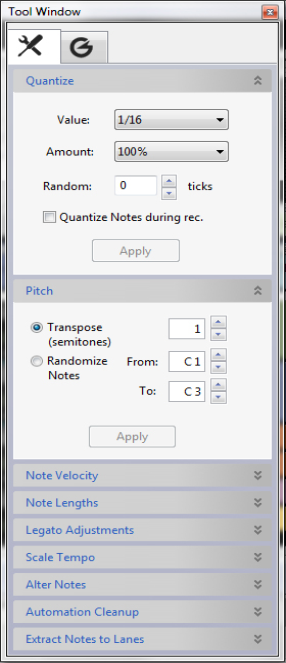|
•
|
The areas can be viewed together, as in the picture above, in pairs or separately - see “Navigating between the areas”. The areas can also be resized - see “Resizing”.
|
•
|
See “About using the Browser in the detached rack” and “Creating devices” for information on how to use the “Device” functions.
|
|
•
|
See “Using the Browser” for information on how to browse for patches and songs.
|
|
•
|
See the “Sampling” chapter for information on how to use the “Song Samples” functions.
|
You can scroll in the Sequencer by using the Track scrollbar to the right and the Song Navigator at the bottom of the Sequencer - see “Scrolling” and “Zooming in the Sequencer”.
|
•
|
See the “Note and Automation Editing” chapter for information on how to use the various functions of the “Sequencer Tools” tab.
|
|
•
|
See “The ReGroove Mixer” chapter for information on how to use the functions of the “Groove Settings” tab.
|
See “On-screen Piano Keys” for more information.














